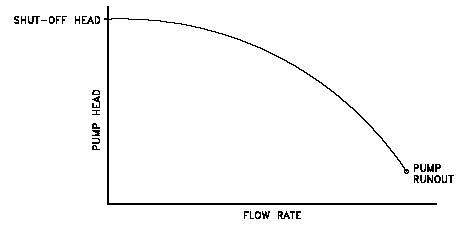All,
We have a vertical pump with discharge after pump, with CenterLine(CL) at El. +8'. We then have a 6' straight pipe (23" ID) with a 6" ARV on top. After the 6' of straight pipe, the discharge pipe has two (2) 90D Long Radius bend (vertical CL change), which brings the pipe CL to El. +2. (see attached schematic)
How do the 2 bends going down right after the pump affect the TDH? Does this create a suction effect, negative TDH? When we run the pumps, the AMPS and HP climb until the pumps trip. Can this be caused by low head?
Any help is appreciated.
-ar9
We have a vertical pump with discharge after pump, with CenterLine(CL) at El. +8'. We then have a 6' straight pipe (23" ID) with a 6" ARV on top. After the 6' of straight pipe, the discharge pipe has two (2) 90D Long Radius bend (vertical CL change), which brings the pipe CL to El. +2. (see attached schematic)
How do the 2 bends going down right after the pump affect the TDH? Does this create a suction effect, negative TDH? When we run the pumps, the AMPS and HP climb until the pumps trip. Can this be caused by low head?
Any help is appreciated.
-ar9

